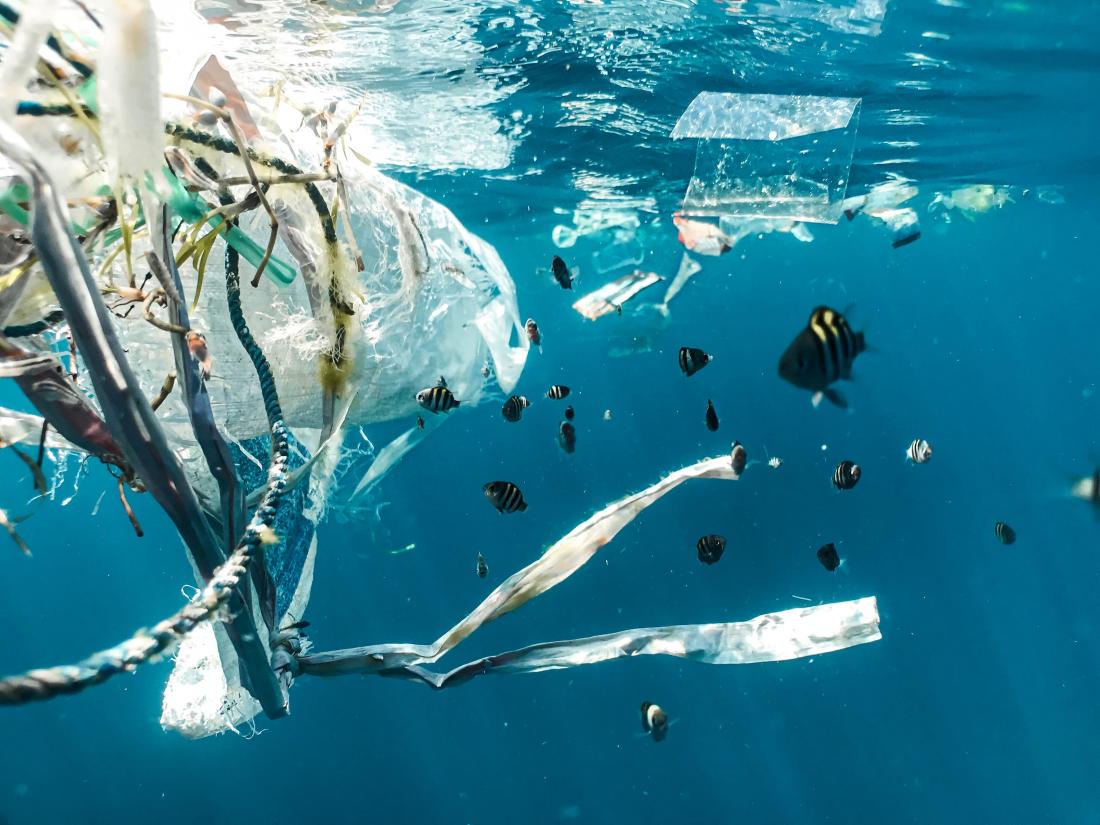Plastic pollution and juvenile fish
Here, a groundbreaking Cellular Automata (CA) model has been developed to accurately predict the movement of buoyant marine plastics. This innovative CA model offers a simpler and more cost-effective alternative to the prevailing computationally intensive Lagrangian particle-tracking models commonly used in the field.
In simple terms, CA are mathematical models or computer simulations made up of small cells arranged in a grid. Each cell can be in a certain state, and they change their states based on simple rules and the states of their neighboring cells. These rules govern how the cells evolve over time, and even though the rules are simple, they can lead to complex patterns and behaviors emerging from the interactions between the cells. Here, at a given time during the simulation process, the CA model works by looking at each grid cell and deciding how many plastic particles should be there based on specific rules. The model considers neighboring cells and their interactions. Plastic particles can move in eight different directions within each cell. There are two main rules: the advection rule, which moves plastic particles based on the average speed of the water currents, and the diffusion rule, which moves them based on how concentrated they are in different areas. These rules are applied to each cell to determine how the plastic particles move over time.
To evaluate the impact of different scenarios, the CA model is applied to two specific input scenarios: the "population" and the "river." By analyzing these scenarios, notable findings emerge regarding the distribution of buoyant plastics in sub-tropical gyres. Specifically, a substantial proportion of buoyant plastics is observed in the Indian gyre, with percentages of 5.0% and 5.5% in the population and river scenarios, respectively. Similarly, the North Pacific gyre exhibits a high concentration of buoyant plastics, with percentages of 5.5% and 7% in the population and river scenarios, respectively. Importantly, these results align favorably with previously published outcomes from particle-tracking models, lending credibility to the CA model's accuracy.
The implications of this research are far-reaching, as the CA model has the potential to serve as a valuable tool for rapid-scenario assessments. By estimating marine plastic pollution, it can aid decision-makers and researchers in understanding the extent of the issue before undertaking more comprehensive studies on effective mitigation measures. For instance, it could play a crucial role in guiding efforts to reduce plastics waste and implement targeted interventions to combat marine plastic pollution. The research was conducted in collaboration with Reefcheck (Malaysia). The team is currently working with Ocean Purpose Project to determine how the new tool could be deploy for better understanding of marine plastics pollution in Singapore.
The findings have been published in Marine Pollution Bulletin [1]. The other researchers involved in this study were: Mr Ng Peng Shu and Dr Miguel Morales Maqueda.
Potential collaborators may wish to contact Dr Kheng Lim Goh at [email protected]
Reference:
[1] P. S. Ng, M. M. Maqueda, and K. L. Goh, "Modelling the transportation of marine plastics over the ocean surface by Cellular Automata," Marine Pollution Bulletin, vol. 191, p. 114950, 2023/06/01/ 2023, doi: https://doi.org/10.1016/j.marpolbul.2023.114950.



